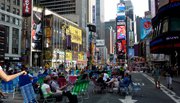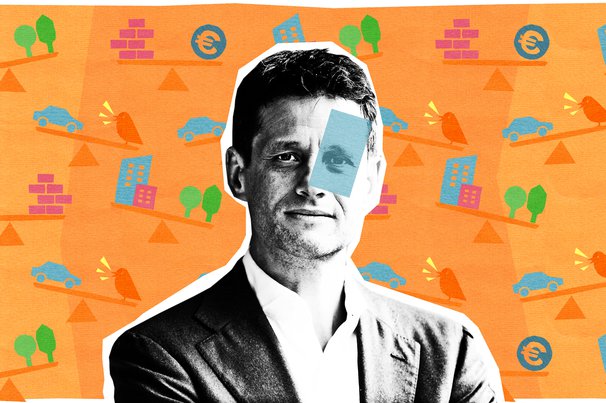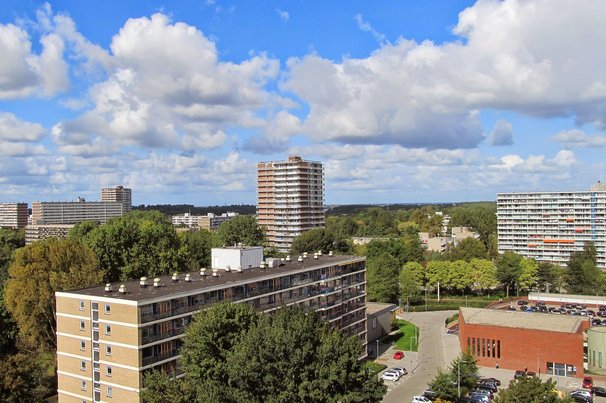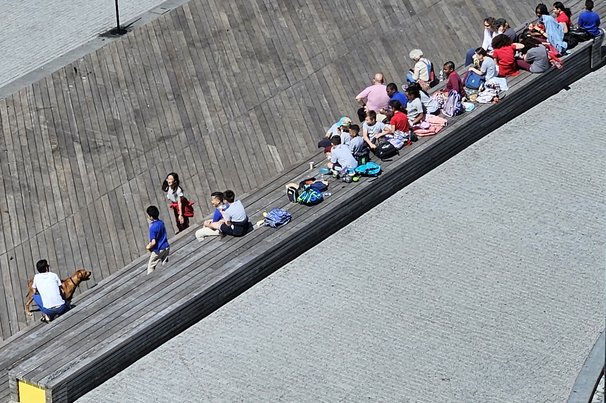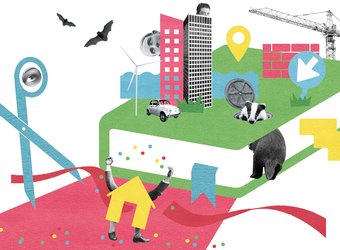28 januari 2014
5 minuten
Opinie Bij de (her)ontwikkeling van steden moet de focus minder komen te liggen op de fysieke structuur, en meer op de mensen die er wonen. Dat bepleit Camilla van Deurs, partner bij het Deense bureau Gehl Architects. Ontwerpers en planners moeten volgens Deurs meer aandacht gaan schenken aan het realiseren van gezonde en duurzame steden waar mensen graag wonen. Zo zorgen aantrekkelijke, levendige plekken ervoor dat steden niet in verval raken, terwijl meer ruimte voor fietsers en voetgangers de bewoners gezond houdt. Aandacht voor duurzaamheid zorgt ook op de lange termijn voor een gezonde stad, maar duurzame maatregelen moeten niet alleen goed zijn voor het milieu; ze moeten ook bijdragen aan het aantrekkelijker en gezonder maken van de stad voor haar bewoners.
The conversation on urban design must change in focus from the physical structure of the cities to the people who live in them. This is the strongly held belief of Camilla van Deurs, a partner with Danish architectural practice Gehl Architects, which works around the world implementing its vision of creating resilient places that are liveable today and sustainable tomorrow.
Pedestrian Broadway, Memorial Day, May 25, 2009
According to Camila van Deurs, there are three main questions to deal with in the context of this change in focus – the role that planners and architects have in designing cities that people care about, in promoting public health, and in sustainability.
“Can you measure what you care about?” she asks. “We can measure lots of statistics but what do we really know about the people? At Gehl Architects we are interested in why some places can be very uninteresting to people and why others are attractive, inspiring, and lively.”
Gehl has developed a method of looking at this question over the past 40 years and is coming up with answers – and these answers are needed if urban decay is to be prevented. Camila Van Deurs points out that if attractive public spaces are taken away, cities will die. It is not just a question of time which leads to decline, it is change over time. “City centres are changing their function from places to shop to places to be”, she notes. “It is possible to transform streets into places where people want to be and bring back life to them.”
A role to play in public health
She poses a question in relation to the role planners and architects will have to play in public health in the future. “Back in the 1850s there were sanitation problems to be dealt with in our cities but there are new challenges to be faced today. Obesity and related diseases pose a huge threat.”
Mexico City! Mexico City has very serious problems in this regard. “The average citizen of Mexico City spends four hour per day in traffic and Mexico is now the second fattest nation on earth. But we know that obesity levels fall where public infrastructure for cycling and walking exists. In Copenhagen 37% of people cycle to work and school and cycling is prioritised everywhere throughout the city.” And there are proven health benefits to this approach. “Research has shown that people who cycle to work regularly for 20 years can live for up to seven years longer”, van Deurs adds. “Odense in Denmark invested €20 million in cycling infrastructure but gained €33 million in health benefits. As architects and planners we have to think creatively about these public health issues and how we can help address them.”
Sustainability and Liveability
Moving on to sustainability, she believes there is a need to shift the discourse in relation to the subject. The town of Ørsted in Denmark demonstrates that it is possible to be very sustainable but not a very attractive place to live, she argues. “Ørsted is full of sustainable buildings but it is actually a horrible place. No one will go there if it looks bleak and dead. We need to talk about liveability and smart density, and to think about local issues, not just global issues.”
A city with character
The city of Christchurch in New Zealand is an example of how sustainability principles could be applied with sensitivity to local needs. “Some 30% of the city centre was destroyed by devastating earthquakes and the citizens were consulted directly in relation to how their city should be rebuilt. We talked to the people and asked them if we were starting over what sort of city they would want and we received 106,000 comments from the public in response. This was a very powerful tool to bring to the national government and be able to say that this is the sort of city the people want – a city with character.”
Examplify change rather than lobby for it
The rebuilding of Christchurch and an initiative in New York’s Times Square point to a route to the future. “We can exemplify change rather than lobbying for it, urban prototyping is a way to ensure change can be achieved. Mayor Bloomberg in New York has talked about a green city being dollar green and how a sustainable city is actually a competitive city. In New York they have re-evaluated how they use the road space in Times Square where 90% of it was for cars. They now have more taxi lanes and more space for bicycles. Traffic times have actually improved and businesses in the area have expressed a 42% improved satisfaction with it. That’s what can be done when looking at creating a sustainable city and it is being done in New York – if you can make it there, you can make it anywhere.”
Camila was a guest at URBACT summer university 2013 in Dublin and delivered a much inspiring talk there, of which you can see the visual support (with images of the projects referred to in this post) below. More on Gehl Architect’s work on Cities for People can be found on their blog.
Zie ook:
- Leefbare steden: lief zijn voor voetganger en fietser
- 'Kleine ingreden in de stad beïnvloeden gedrag'
Cover: ‘2014.01.28_Steden waar mensen om geven_180’
